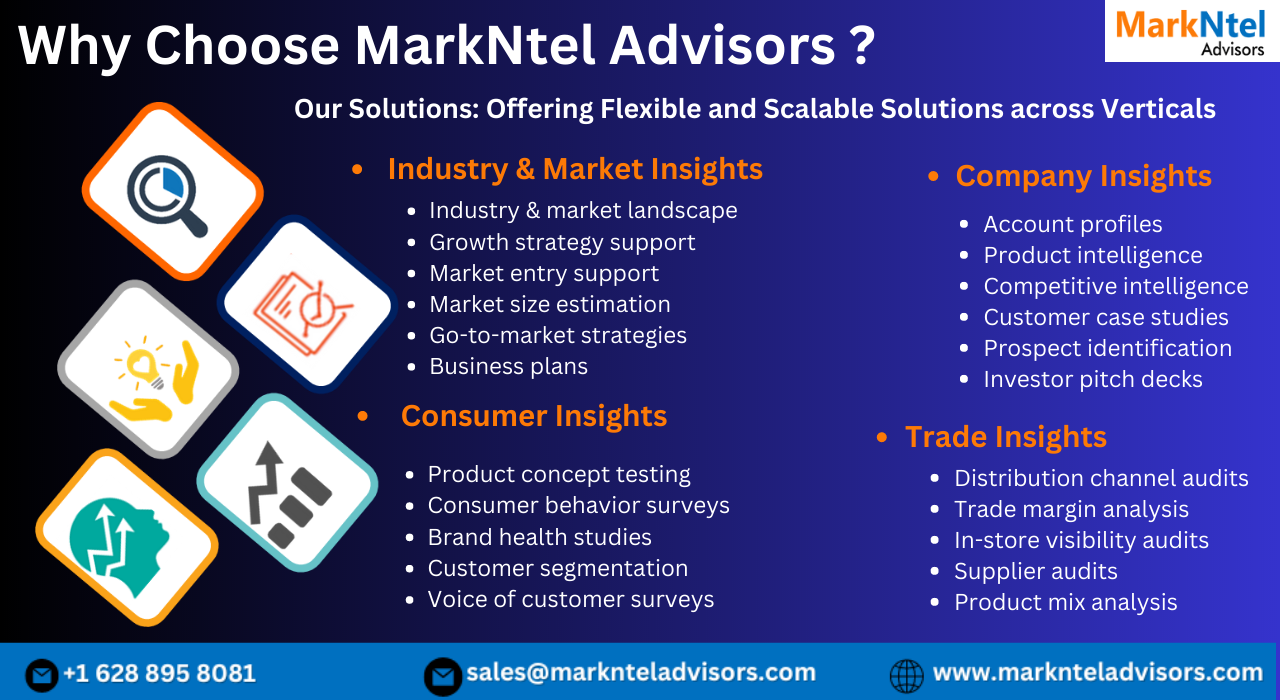In the fast-paced world of e-commerce, user experience (UX) is crucial to business success. As businesses continue to shift toward data-driven decision-making, predictive analytics has emerged as a powerful tool that is reshaping the future of UI/UX design services. By leveraging historical data, machine learning algorithms, and behavioral insights, predictive analytics helps businesses anticipate user needs, enhance personalization, and optimize website or app interfaces. In this blog, we will explore how predictive analytics is transforming the way UI/UX design services are implemented in e-commerce platforms and why this trend is essential for staying ahead in the competitive digital landscape.
The Importance of UI/UX Design Services in E-Commerce
In the world of e-commerce, a seamless user experience (UX) can significantly influence consumer behavior, including purchase decisions, repeat visits, and overall satisfaction. A well-designed user interface (UI) complements this experience by making it intuitive and engaging. E-commerce companies are increasingly realizing that enhancing the UI/UX design services of their platforms is key to improving conversion rates and driving customer loyalty.
When combined with predictive analytics, UI/UX design services go beyond traditional design principles to anticipate user needs, personalize content, and create intuitive, adaptive experiences that lead to higher engagement and sales.
The Role of Predictive Analytics in E-Commerce
Predictive analytics refers to the use of historical data, machine learning models, and statistical algorithms to forecast future trends, behaviors, and outcomes. In e-commerce, predictive analytics can be used to gain insights into user behavior, personalize shopping experiences, and optimize UI/UX design for better conversion rates.
By analyzing factors such as user interaction data, browsing history, preferences, and transaction records, predictive analytics helps businesses understand what users are likely to do next. These insights enable the design of highly personalized experiences that drive engagement and increase the likelihood of a conversion, making predictive analytics a game-changer for UI/UX design services in e-commerce.
How Predictive Analytics Enhances UI/UX Design Services in E-Commerce
Predictive analytics is revolutionizing UI/UX design services in e-commerce by enabling businesses to anticipate user needs and personalize experiences in real-time. Leveraging data-driven insights, it allows designers to create intuitive, engaging interfaces that drive higher conversion rates and customer satisfaction.
1. Personalizing User Experiences
Personalization is one of the most powerful ways to engage users and increase conversion rates in e-commerce. Predictive analytics enables businesses to deliver highly tailored experiences based on individual user data, such as past interactions, purchase history, and browsing behavior.
Dynamic Content Personalization
Using predictive analytics, UI/UX design services can dynamically adjust content to match a user’s preferences. For example, a website may recommend products based on the user’s browsing history or display promotions tailored to their interests. This creates a sense of relevancy and enhances the user experience, encouraging users to explore more products and complete their purchase.
Personalized Recommendations and Search Results
Predictive analytics helps e-commerce platforms refine their recommendation algorithms. By analyzing a user’s past behavior and preferences, UI/UX design services can incorporate predictive models that display personalized product recommendations on landing pages, category pages, and even during the checkout process. These personalized suggestions not only improve UX but also boost the chances of cross-selling and upselling.
2. Anticipating User Behavior
Predictive analytics allows businesses to forecast user actions, which can significantly influence UI/UX design decisions. By anticipating what users might want next, businesses can create intuitive interfaces that guide them through the e-commerce journey.
Optimizing Navigation and Product Discovery
For example, predictive analytics can be used to identify common user pathways, such as the most frequent routes taken by users to find specific products. This data can help UI/UX designers optimize navigation by making key products or categories more accessible. It can also inform the placement of call-to-action buttons, search bars, and other navigational elements, ensuring that users have a smooth and efficient experience.
Real-Time Personalization
E-commerce platforms can use predictive analytics to provide real-time personalization based on user actions during their browsing session. For instance, if a user browses a product category but leaves the site without making a purchase, predictive models can be used to retarget the user with specific recommendations, offers, or reminders. This continuous adaptation helps improve the user experience and boosts the likelihood of converting visitors into customers.
3. Enhancing User Interface Design
The combination of predictive analytics and UI/UX design services allows designers to create interfaces that are not only visually appealing but also functional and user-centric.
A/B Testing and Predictive Optimization
A/B testing has long been used to determine the most effective design elements. However, predictive analytics takes it a step further by predicting which design variations will have the most significant impact on user behavior. By analyzing past test results, predictive models can optimize future design iterations and eliminate the guesswork involved in A/B testing.
Adaptive UI Elements
Incorporating predictive analytics into UI/UX design services enables the creation of adaptive interfaces that adjust to the user’s needs in real-time. For example, a predictive model can determine the optimal placement of UI elements such as buttons, images, and forms based on the user’s browsing history. These elements can shift or adapt depending on the user’s behavior, ensuring that the interface remains user-friendly and efficient.
4. Improving Conversion Rates
A seamless and personalized UI/UX design is critical for converting site visitors into paying customers. Predictive analytics allows businesses to optimize their design services by making data-driven decisions that increase the likelihood of conversion.
Cart Abandonment Predictions
One of the most significant challenges in e-commerce is cart abandonment. Predictive analytics can help businesses identify potential cart abandoners and take preventive action. For example, if a user adds items to their cart but does not proceed to checkout, predictive models can identify this behavior and trigger specific UI/UX interventions such as sending a reminder, offering a discount, or simplifying the checkout process.
Optimizing Checkout Experience
The checkout process is often where users abandon their purchases. Predictive analytics can help streamline the checkout experience by predicting potential pain points based on user behavior. By analyzing where users tend to drop off during the checkout flow, businesses can redesign this critical stage to reduce friction and improve conversion rates. Predictive analytics can also be used to personalize the checkout experience, offering users payment options or promotions that are likely to increase their likelihood of completing the purchase.
5. Enhancing Mobile UI/UX Design Services
With the increasing dominance of mobile e-commerce, optimizing mobile interfaces is more important than ever. Predictive analytics plays a critical role in shaping the future of mobile UI/UX design services by providing insights into how users interact with mobile apps or websites.
Tailored Mobile Experiences
Mobile apps can use predictive analytics to tailor the user interface based on the user’s preferences and past behavior. For example, a mobile app can recommend products based on the user’s location, time of day, or browsing history. Additionally, predictive analytics can enhance mobile search functionality by anticipating what users are looking for and offering them search suggestions in real-time.
Mobile User Behavior Insights
Mobile users often have different behaviors compared to desktop users. Predictive analytics helps UI/UX designers understand these differences and adapt their designs accordingly. By analyzing how mobile users interact with an app or website, businesses can create mobile-specific interfaces that enhance usability, increase engagement, and ultimately boost conversions.
Why Businesses Need to Partner with a Software Development Company for Predictive Analytics in UI/UX Design Services
As the use of predictive analytics continues to grow in e-commerce, businesses must ensure they are using the right tools and expertise to harness its full potential. Working with a reputable software development company that specializes in UI/UX design services is crucial to effectively implementing predictive analytics.
A skilled software development company can integrate machine learning models, data processing tools, and predictive algorithms into the e-commerce platform’s UI/UX design. By leveraging their expertise, businesses can ensure that predictive insights are used to enhance the user experience and drive business growth.
Conclusion
Predictive analytics is rapidly transforming the future of UI/UX design services in e-commerce. By leveraging data to anticipate user behavior, personalize experiences, and optimize interfaces, businesses can create user-centric platforms that drive engagement, increase conversions, and boost customer loyalty. As e-commerce continues to evolve, the integration of predictive analytics with UI/UX design services will be key to staying competitive and providing exceptional experiences to users. Partnering with a software development company that understands how to implement these advanced technologies will help businesses unlock the full potential of predictive analytics and revolutionize their digital presence.
Incorporating predictive analytics into UI/UX design services is not just a trend—it is the future of e-commerce. Investing in these technologies today will give businesses the competitive edge they need to thrive in the digital age.




